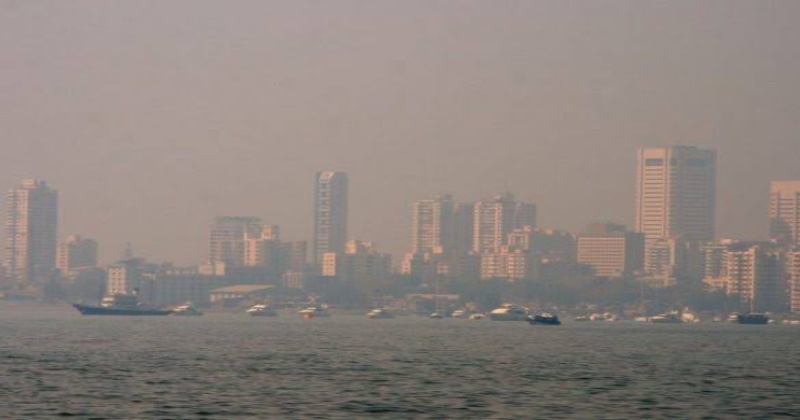
Delhi and Mumbai, two of India’s major cities, are currently grappling with their most severe October pollution levels in years. Reports indicate that Mumbai’s air quality has surpassed even that of Delhi. While Delhi’s air quality index (AQI) is categorized as “very poor” at 302, Mumbai’s AQI falls in the “moderate” range with a reading of 132. The AQI scale categorizes air quality as “good” (0-50), “satisfactory” (51-100), “moderate” (101-200), “poor” (201-300), “very poor” (301-400), and “severe” (401-500), with an AQI above 500 classified as “severe plus.” According to the Systems of Air Quality and Weather Forecasting and Research (SAFAR), Mumbai registered a moderate air quality level with an AQI of 132 on October 21. However, on Sunday, numerous areas in the city recorded AQI values exceeding 200, falling into the “poor” category.
Mumbai also observed an increase in particulate matter (PM) levels, reaching a four-year high for the month of October, alongside elevated temperatures. On October 21, Delhi’s average air quality was reported at 248, and it was anticipated to deteriorate to the “very poor” category (301-400) on October 23 and 24 due to unfavorable meteorological and climatic conditions. In line with these predictions, the city’s AQI worsened on Sunday evening, reaching 306 on Monday. In the National Capital Region (NCR), the Commission for Air Quality Management (CAQM) sub-committee implemented a ban on the use of coal and wood-fired stoves to combat air pollution. Additionally, traffic police are working to ensure the prevention of traffic jams, aiming to mitigate air pollution in the region.

Post Your Comments